How To Get Burrs Out of Dog Fur? (Steps)
If you have a dog and are an active person, chances are you’ll be spending tons of time talking walks on trails and in the woods. However, if you’ve just come back from a hike, you might notice annoying burrs all over your dog’s lush coat.
These sticky suckers are not only uncomfortable and itchy, but they can also create infections and skin irritation.
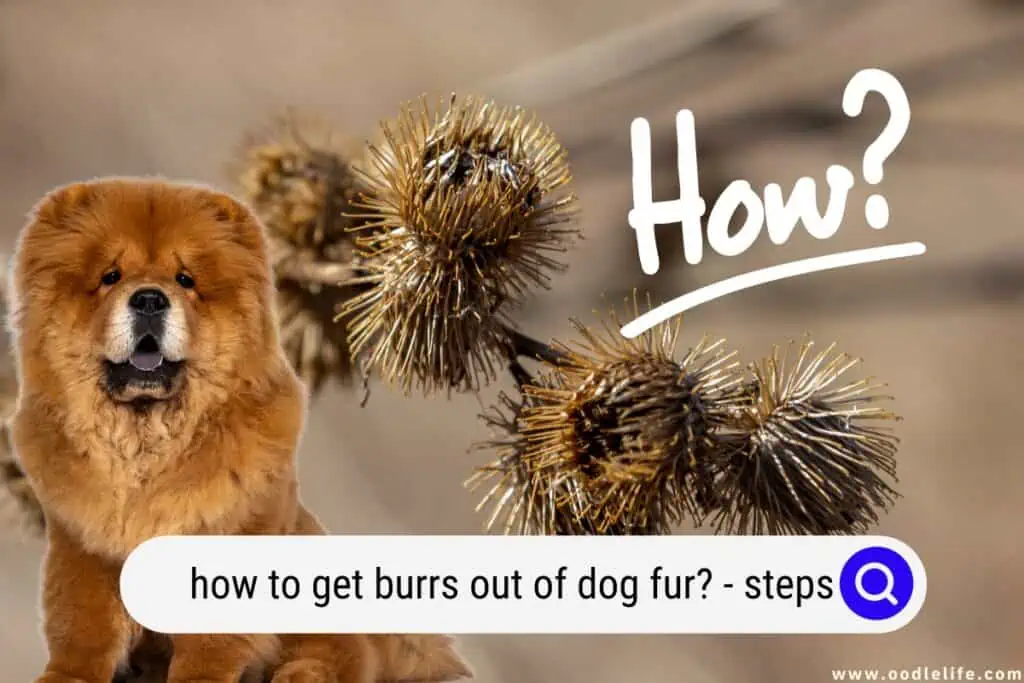
We know, burrs are a real pain in the fur. Most dog parents have experienced the torture of spending hours pulling burrs from their dog’s coat, especially if you have a thick, long-coated dog.
Fret not! In this article, we’ll go through all things burrs and how to get these annoying sticky things out.
What Are Burrs?
Burrs are an environmental mechanism that plants use to transfer their seeds and encourage species’ survival. They are seed pods with teeth or hooks that loves to cling to your dog’s hair.
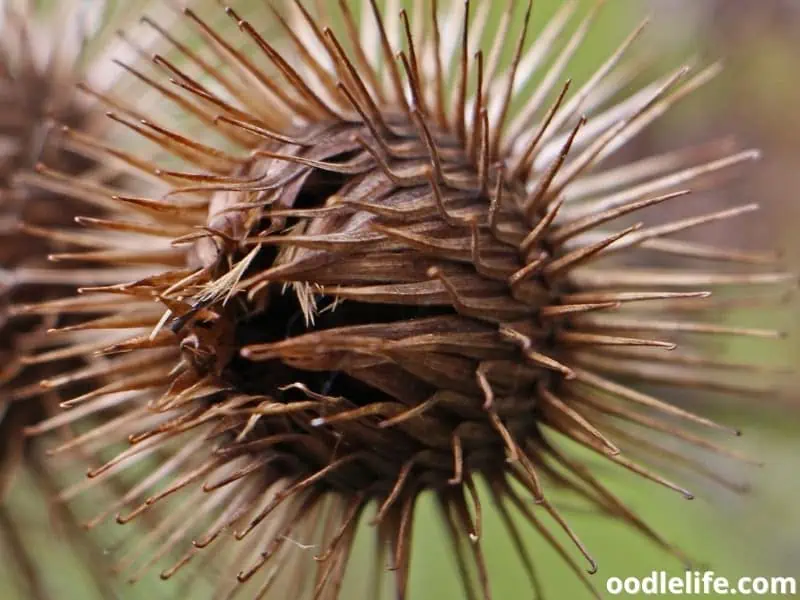
Burrs often appear near the end of the growing season when plants are drying out and losing their seeds so they may sprout and thrive somewhere else.
These plant fragments may attach firmly enough to remain on the jacket, fur, sweater, or other material until they are forcefully removed, depending on how severe the first burr-host contact is.
When your dog charges through the forest on a trail or in the woods, he or she will likely brush up against bushes and grass and the burrs get stuck on the coat. When these prickly seeds latch on and get lodged in your dog’s coat, they can be tough to remove.
Step-By-Step Guide To Removing Burrs
It might be difficult to remove burrs from dog hair, but it is important for keeping your pet clean and free of discomfort. We’ve listed a few steps that should make the procedure go more smoothly, but if you run into any issues or have any queries, reach out to specialists or vets for assistance.
1. Locating The Burrs
Finding a burr is the very first step. If the burrs are connected or deeply embedded in the coat, brushing the coat may cause them to penetrate the skin more deeply. Carefully and gently check your dog’s whole coat, head to paw pads, and any other areas where burrs may be hidden before using the brush or scissors to groom your dog.
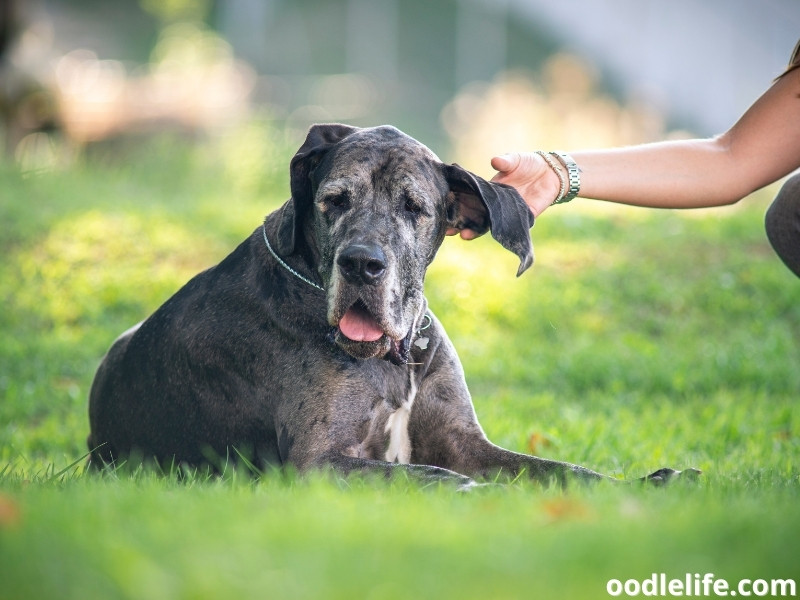
You can look thoroughly at the base of the tail and the thighs, behind and inside the ears, in the toes, toe pads, and toe webbing. A nipple and a burr might seem relatively similar, so take care not to confuse the two.
2. Take Out the Loose Burrs By Hand
Begin removing loose burrs that aren’t knotted or glued to the skin as you search in your dog’s coat. It’s far easier to remove a burr from your dog’s exterior fur before it gets inside.
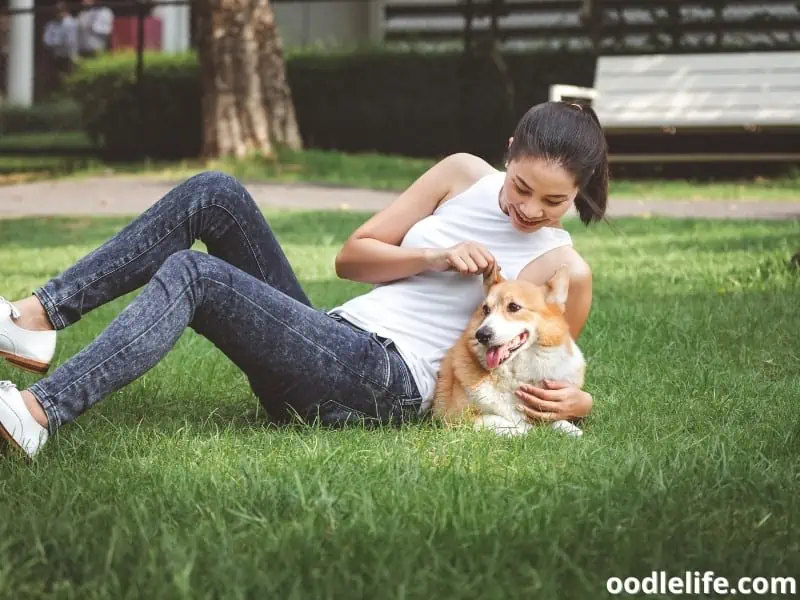
Carefully squeeze loose burrs between your forefinger and thumb and gently pull the burr out. Remember to use gardening gloves to protect your fingers from being poked.
If the burrs are loosely attached to the fur but not embedded in the skin, you should always remove them gently by lifting the fur away from the skin with fingers, then placing other fingers under the fur to prevent the burrs from pressing into the skin while you remove them with the other hand.
Repeat until all of the burrs have been removed. After you’ve removed the easy burrs, you will now only need to deal with the ones that are stuck to your dog’s skin.
3. Use A Pair Of Tweezers
Now that the loose burrs have been removed, use tweezers to remove any burrs that are difficult to reach or are attached to the skin. Burr hooks may often lodge into the skin and be unpleasant to remove, which is why tweezers are always handy.
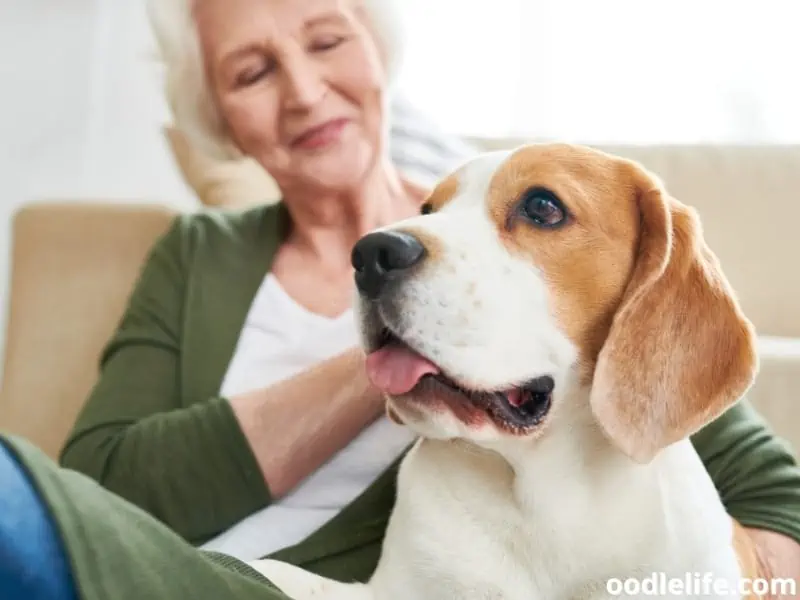
Use tweezers to remove the burr if you can do so comfortably by gently pinching the skin around it. Pinching the skin will make it simpler to remove, but don’t pinch too hard or too tightly on delicate skin.
4. Brush Out Your Dog’s Coat With A Metal-Toothed Comb
Comb the hair to clear burrs that are too small to remove by hand. If your dog is a shorthaired breed, this step may not be mandatory, however, a good brushing may help you spot any less evident burrs. Brush little bits of fur rather than large parts of fur to make your dog more comfortable.
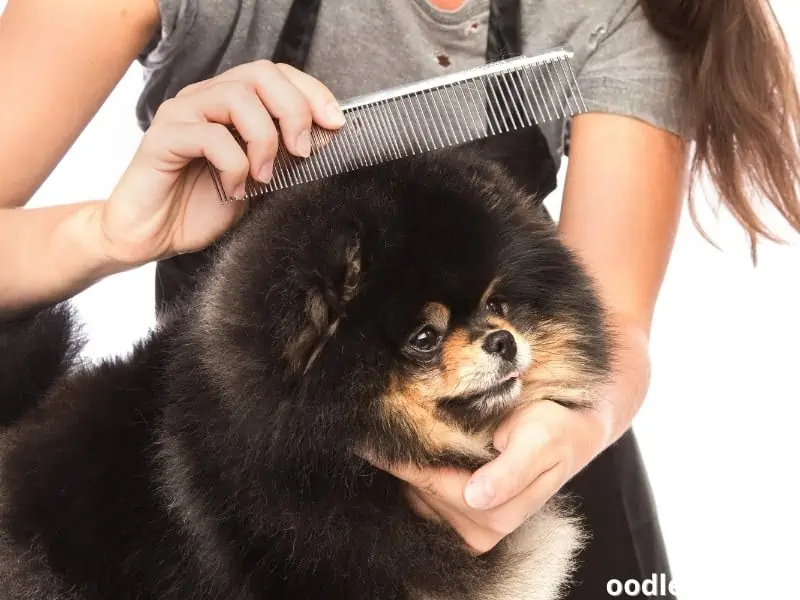
To keep burrs from burrowing in further, we advise using a comb rather than a brush. Begin combing out the knots with burrs stuck inside of them with a metal tooth comb, while also gently pulling out unseen burrs. Also, avoid pulling too hard on your dog’s hair while detangling the larger knots.
5. Use A Detangler
This option is mostly for dogs with long or thick coats. If burrs are lodged in long or thick fur, try untangling the fur around a burr just enough to get it out.
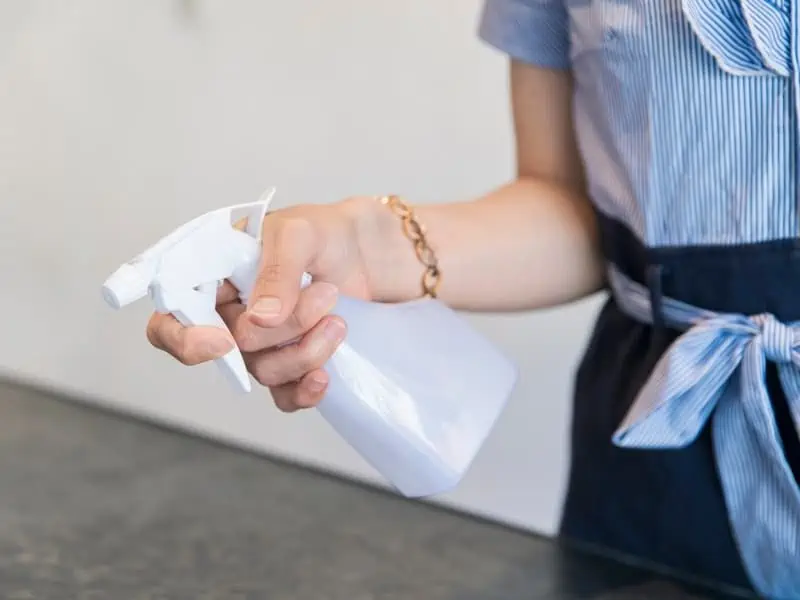
But, if the hair is really knotted and cannot be untangled with a metal comb, consider using a detangler. A detangler can assist in loosening knots and making it simpler to comb out burrs.
Besides a detangler, you also can remove the burr from the hair using a lubricant. Spraying cooking oil on your dog’s fur will help if they have a thick coat.
The benefit of using cooking spray over a chemical-laden solution is that once the burr has been removed, your dog will want to lick everything, thus it’s safer for them to consume canola oil than chemical detanglers.
6. Trimmed Tangled Or Matted Fur
If knots and mats are beyond repair, cutting them out may be the only choice. Some burrs may have fur wrapped around them, so they may need to be removed by cutting if even a detangler won’t help.
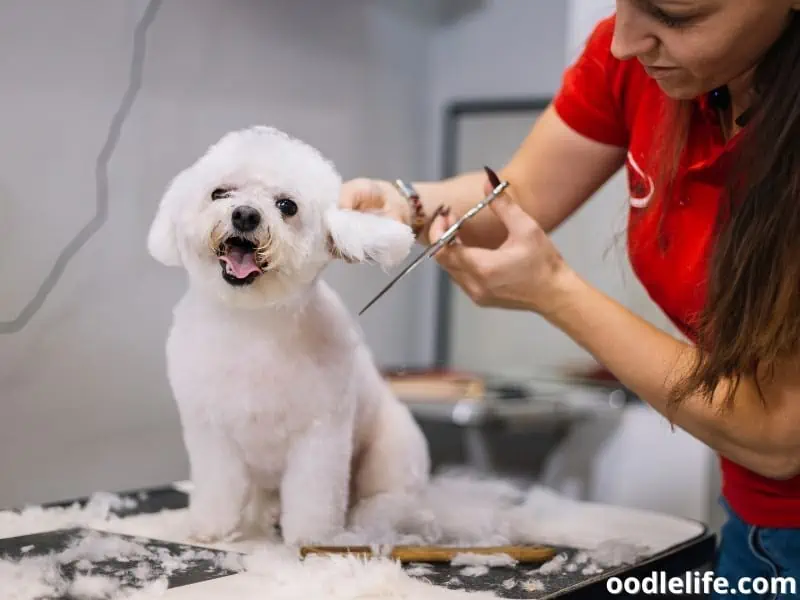
Also, burrs tend to attach to knotted hair and fur, and removing them with scissors is essential if detangling fails. Once you’ve finished cutting, use the metal comb one more time to comb your dog’s coat.
7. Bathe Your Dog
Finish a procedure by taking a bath. After thoroughly searching for and removing the burrs, wash your dog’s coat with dog shampoo to remove any loose hair and smooth the coat down.
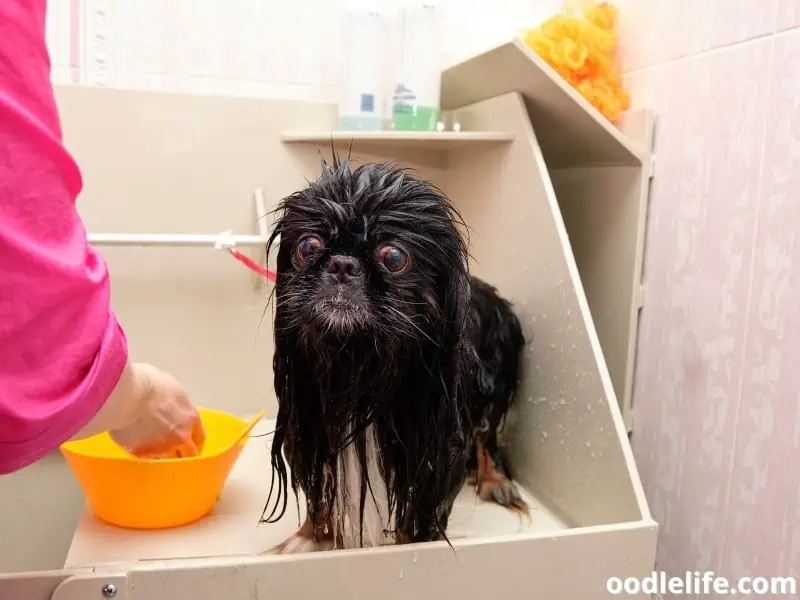
Wet your dog’s coat with warm water. Massage the fur and completely rinse away the shampoo. This will assist the loose hair to wash out easily.
Dry the dog’s hair with a towel, and if required, use a hairdryer for a more polished effect.
8. One Last Check
Check the coat one final time after drying it to see if you missed any burrs or other coat troubles. Remove any remaining burrs with tweezers or by hand. Brush out the coat when it has completely dried to prevent dry skin.
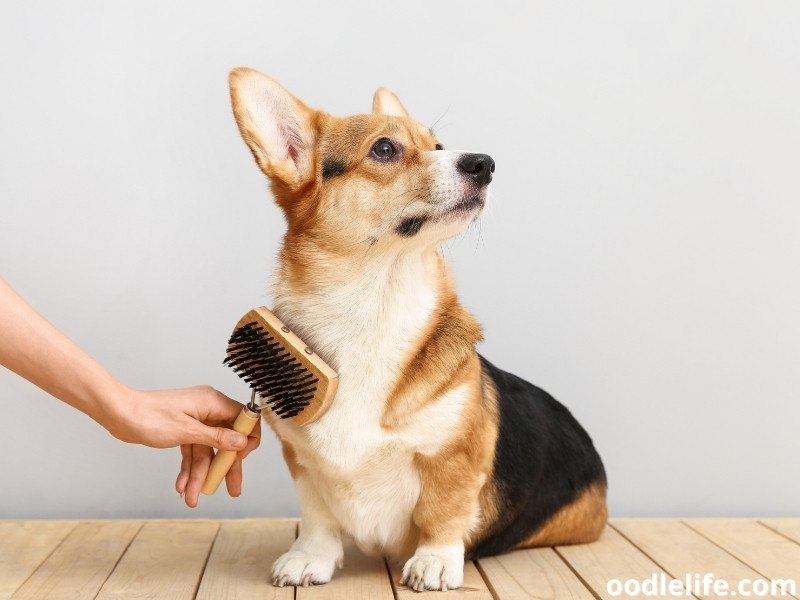
9. Seek Professional Help
It’s sometimes important to request external assistance. A professional groomer might be able to remove your dog’s burrs more easily if you are unable to remove all of them yourself or if your dog won’t stay still long enough for you to do so.
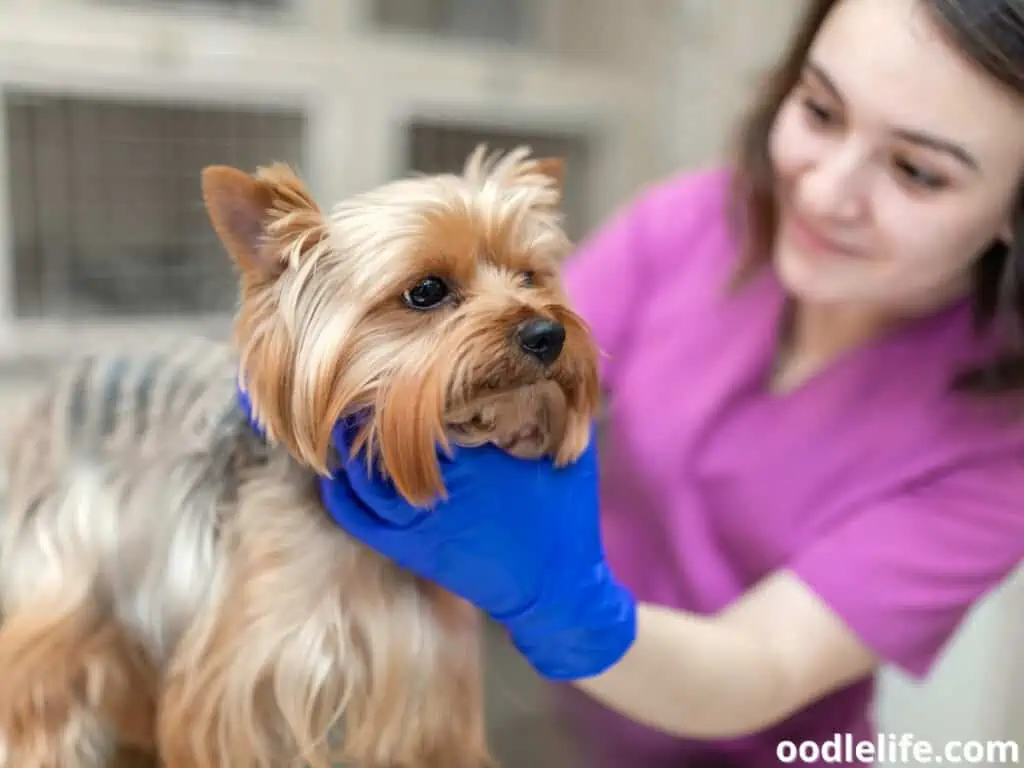
In addition, it would be advisable to let your veterinarian remove any that are buried in your dog’s skin, especially if you observe infection-related symptoms like redness or leaking.
10. Watch Out For Foxtails!
While some burrs are harmless, there is a certain species of grass called foxtail grass that grow all over North America.

Foxtails are one of the summer’s most dreaded threats for our furry friends. These grassy weeds look harmless, but the foxtail is highly resistant to shedding water and clinging tightly to any foreign material they come into contact with, posing a serious risk to dogs.
The foxtails’ sharp ends can easily burrow into your dog’s skin, and coat and even cause serious organ damage if swallowed. Common signs of foxtail infection include swelling, excessive saliva, and pawing at the affected area.
If you suspect your pup of having ingested a foxtail, seek veterinary help as soon as possible before the issue gets worse. Foxtails can be tricky to spot in grasses and sometimes amongst their fur but with vigilance on walks and proper cleaning of their paws after being outdoors we can keep our pups.
How To Prevent Burrs?
While the only guaranteed approach to keep your dog from acquiring burrs is to keep them indoors, no dog enjoy staying at home all the time! Here are a few things you can do to minimize burr-attraction.
Maintaining your dog’s grooming and cleaning, especially after a walk, is the simplest thing you can do. Dogs that receive daily grooming care are less prone to experience burr problems.
To reduce the number of burrs in their dog’s coats, some parents whose dog loves to be outside all day use hair detangler. They will still receive them, but it won’t be much of a deal.
Also, you can dress your dog in a jacket or vest to lessen the chance of burrs coming into contact with its fur. Booties, if accepted by your dog, can help protect their paw pads from being hooked in the burr.